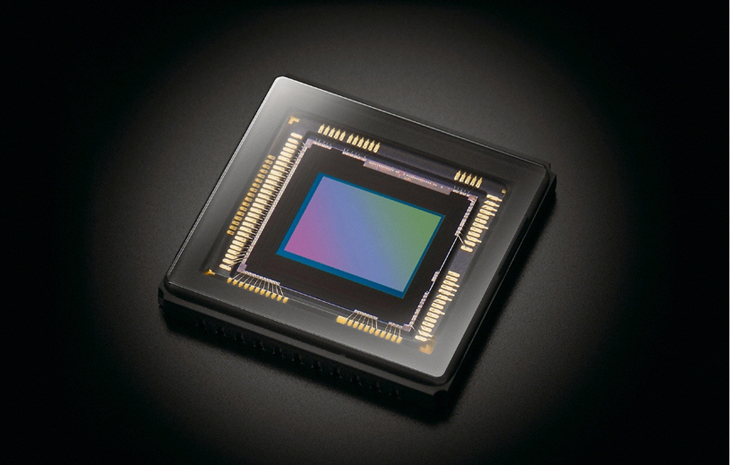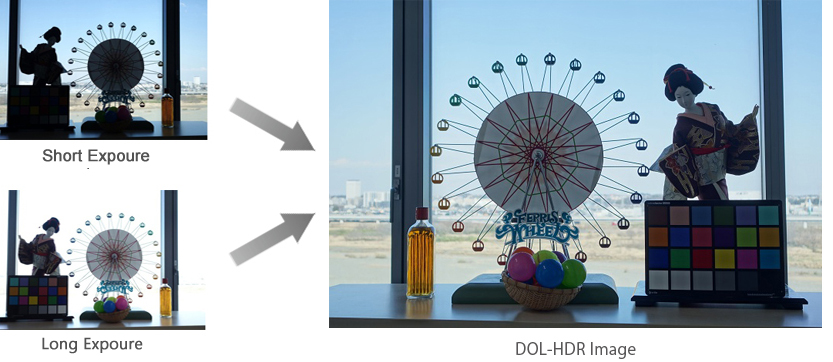
IP Camera Basics: WDR vs HDR, What's the Difference?
WDR stands for wide dynamic range, it’s conventional imaging technology by merging multiple frames that shoot by different exposure together to create single frame, we usually call this type of WDR as the multiple exposure-type WDR.
The multiple exposure-type WDR outputs one set of two or four frames with different exposure times. The gain can also be set separately for each frame in addition to the exposure time.
The DOL-WDR function outputs the data for up to three frames with different storage times line by line. By performing special signal processing with an ISP or other device at the image sensor rear-end, this is said to improve the picture quality under low illumination compared to the multiple exposure-type WDR function. Sony IMX290, IMX224, IMX225, IMX123 CMOS image sensors can support DOL-WDR.
Sony introduced the DOL-HDR technology which has been used in recent developed CMOS image sensors (IMX274, IMX326). The HDR imaging function is one of the effective methods to improve picture quality.

In the DOL-HDR technology, an image processing technology for subjects with high contrast. It synthesizes different exposure conditions into an frame/image so that both bright and dark data can be seen at the same time. Therefore, it outputs brilliant colors are captured even when pictures are taken against bright light for both video imaging and still imaging.
Technically speaking, performing short exposure (exposed darker) and long exposure (exposed lighter) to each line of pixels, by using the image signal processor, two types of pixels are combined to an high dynamic range image/frame. Unforturnately, Sony has not disclosed the DOL-HDR algorithm, and they may never be able to disclose it.
HDR technology has its disadvantage, especially to video, it’s only possible to output a frame rate equal to or less than half the signal reading speed (frame rate) that originally possessed by the image sensor. And, in both still image and video, it doesn’t work for subjects that move very fast. E.g. Sony IMX326 has the capability to capture 6MP@60fps video in normal mode, but it only can shoot 6MP@30fps video in DOL-HDR mode.
Spatially Multiplexed Exposure (SME-HDR) is a new method that Sony is using to allow them to shoot HDR at the full resolution and at the full frame rate that the sensor is capable of. It is a variant of Spatially Varying Exposure that uses proprietary algorithms to allow Sony to capture the information from the dark and light pixels, which are arranged in a checkerboard style pattern, and infer the full resolution image for both the dark and light exposure images.
Get My Latest Posts
Subscribe to get the latest updates.
Your email address will never be shared with any third parties.